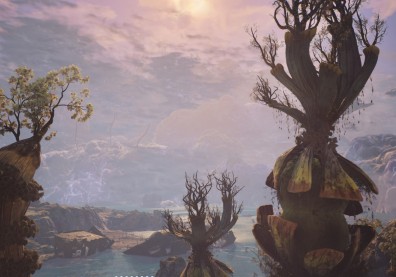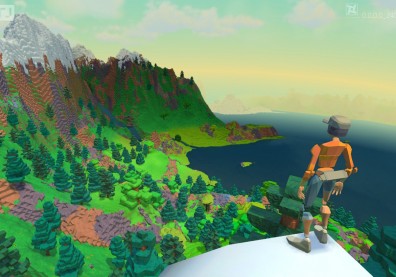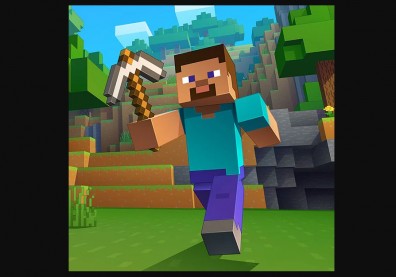Some video game fans like to create mods, adding new life to a game that they already enjoy. Others like to draw their favorite characters in a variety of situations or write fan-fiction. Whereas Minecraft fans are concerned, replicas of real or fake worlds are often tackled as massive projects that instill wonder in those that can appreciate such commitment to recreation. Block by block, fans have recreated a variety of worlds and locales within Minecraft. Today, I'd like to point toward an Arstechnica feature on Christopher Mitchell's project to create a 1:1 model of Manhattan.
Mitchell is a computer science PhD student. And as such, he's using the power of SCIENCE (code, algorithms, and compiled data) to recreate the island of Manhattan in Minecraft. Mitchell has created a system called “SparseWorld” to handle the creation of such a large-scale replica. Combining data terms that are probably going to make you feel a little dumb, Mitchell's SparseWorld system combines an incredible amount of data and needs a whole lot of computation power to work. It takes several hours to render Manhattan in Minecraft using a 300 core server cluster and 200GB or RAM.
Minecraft Film: Warner Bros. Pictures and Lego Movie Producer Acquire Rights From Mojang
Mitchell re-wrote Minecraft world-building software TopoMC to allow him to do 1:1 recreations. To create buildings and landmarks, Mitchell's SparseWorld system uses available data from sources such as Google. The enterprising PhD student tells Arstechnical that to create a more authentic recreation the city, he would need licensed and encrypted data from companies like Google. Companies who might not want to share with him this data, even if it's for academic means. He could try and nab the data himself, but he's concerned with violating the Google Earth license.
As you can see in the image above, Mitchell's Sparseworld system recreated a fairly impressive Manhattan, but mostly from a distance; the closer you get to an object or landmark, the less practical detail can be found. Buildings lack windows, and trees are not accurately represented. Regardless, Mitchell's dedication to creating such a complex programming thingamajig is incredibly impressive.
A map of Mitchell's Minecraft Manhattan can be found here. It is made up of 71 billion blocks! Christopher Mitchell hopes to receive data from the likes of Google, Bing, and Here.com to further improve the quality of his map. I'm sure once it's released to the public, a Creeper will sneak in and mess it all up. Those things suck.










